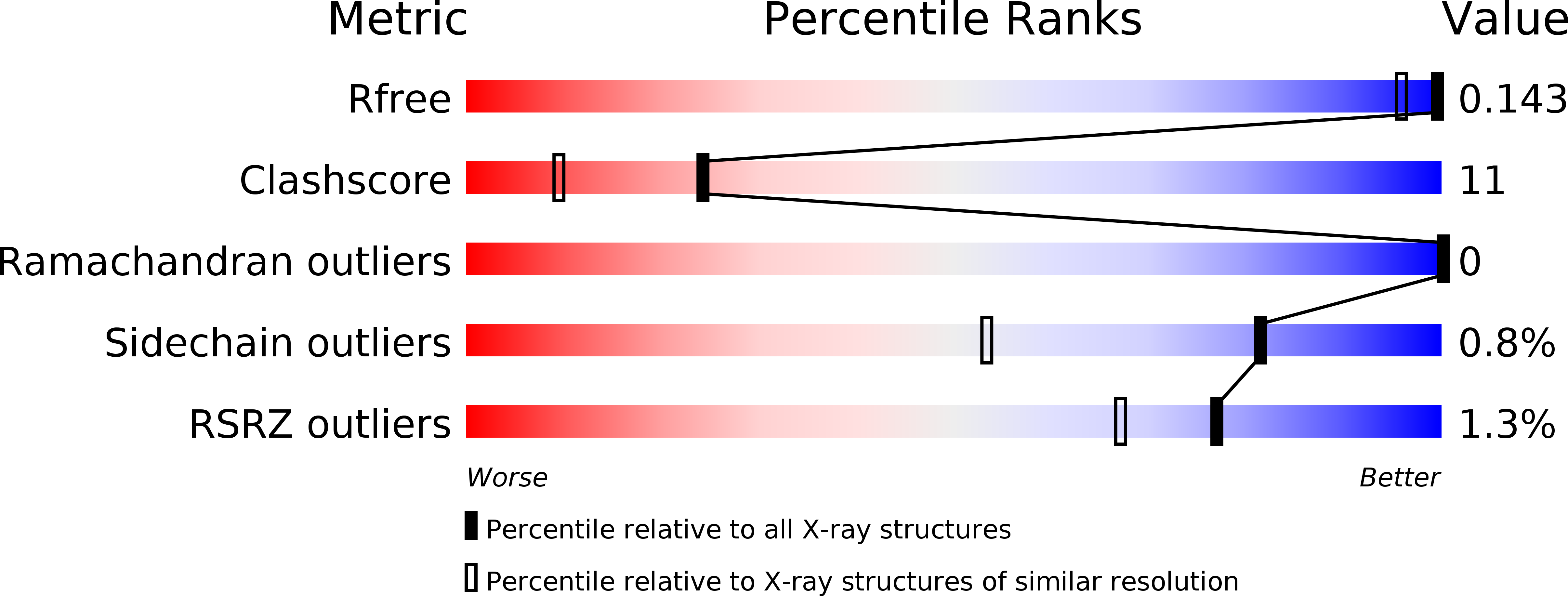
Deposition Date
2013-06-24
Release Date
2013-09-11
Last Version Date
2024-02-28
Method Details:
Experimental Method:
Resolution:
1.26 Å
R-Value Free:
0.14
R-Value Work:
0.12
R-Value Observed:
0.12
Space Group:
C 1 2 1


